


Theme
eLearning
INSTITUTION
Department of family and community medicine, Prince of Songkla University, Thailand
Nowadays, smartphones and tablets play an important role in so many fields especially in the medical profession. The user can take them everywhere and communicate with others easily. Additionally, smartphones and tablets facilitate learning for medical students. Therefore, the trend of using smartphones and tablets by people all over the world including Thailand has been dramatically increasing in the recent years. However, there’s not much information about the usage of smartphones and tablets among the medical students especially in Thailand.
.jpg)
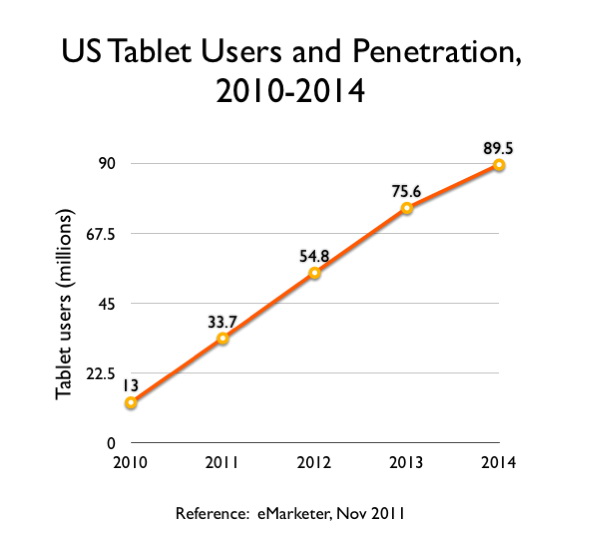
Objectives (among 1st to 6th year medical students in Prince of Songkla University, Thailand)
1. To know the proportion of medical students who own smartphones and tablets
2. To know the reasons for buying and using smartphones and tablets
3. To know the usage and necessary medical applications
4. To know the roles of smartphones and tablets in supporting medical education
5. To know the effects of economics, health, social, and ethics in medical students who own smartphones and tablets
Research methodology
- Study design: Cross-sectional study (Descriptive study)
- Target population: 1st to 6th year medical students, Prince of Songkla University, 2012
- Sampling technique: Census
- Instrument: Self-reported questionnaire
- Statistical analysis: Descriptive and inferential statistics (Mann-Whitney U test, Spearman's rank correlation test)
- Data analysis: Epidata, R-program
- There were 646 subjects included in the study which accounted for a 82.93% response rate. The subjects were 18-31 years old; 55.11% were female and their incomes were 7,000 baht/month. (224.22 U.S. dollar/month; 1 U.S. dollar = 31.22 Thai baht)
.jpg)
- Most of the medical students use only smartphones (49.69%).
- Calling was the number one reason for owning a smartphone and education was ranked fifth, but education ranked the highest for owning a tablet.
- Most of the medical students who have a smartphone spent their time social networking and entertainment but most tablet users spent their time on education and entertainment.
- Smartphone users who bought smartphones for education rated a higher score than those who bought smartphones for other reasons. For tablet users, there was a statistically significant difference in medical support opinion between those who have only a tablet and those who have both.
- The top 2 medical applications were the Dorlans Medical Dictionary for preclinical students and Medscape for clinical students.
- Social problems of smartphone and tablet users: Half of them complained of less face-to-face communication and preoccupation. Only 33% had no social problems from using smartphones and tablets.
- Health problems in smartphone and tablet users: The first health problem was eye strain and the second was shoulder pain. Only 24% had no health problem from using smartphones and tablets. But we don’t know exactly what the cause might be.
- Nearly 80% of the people who don’t have a smartphone or tablet think that it is important for their medical education. Only 20% think that there is no importance.
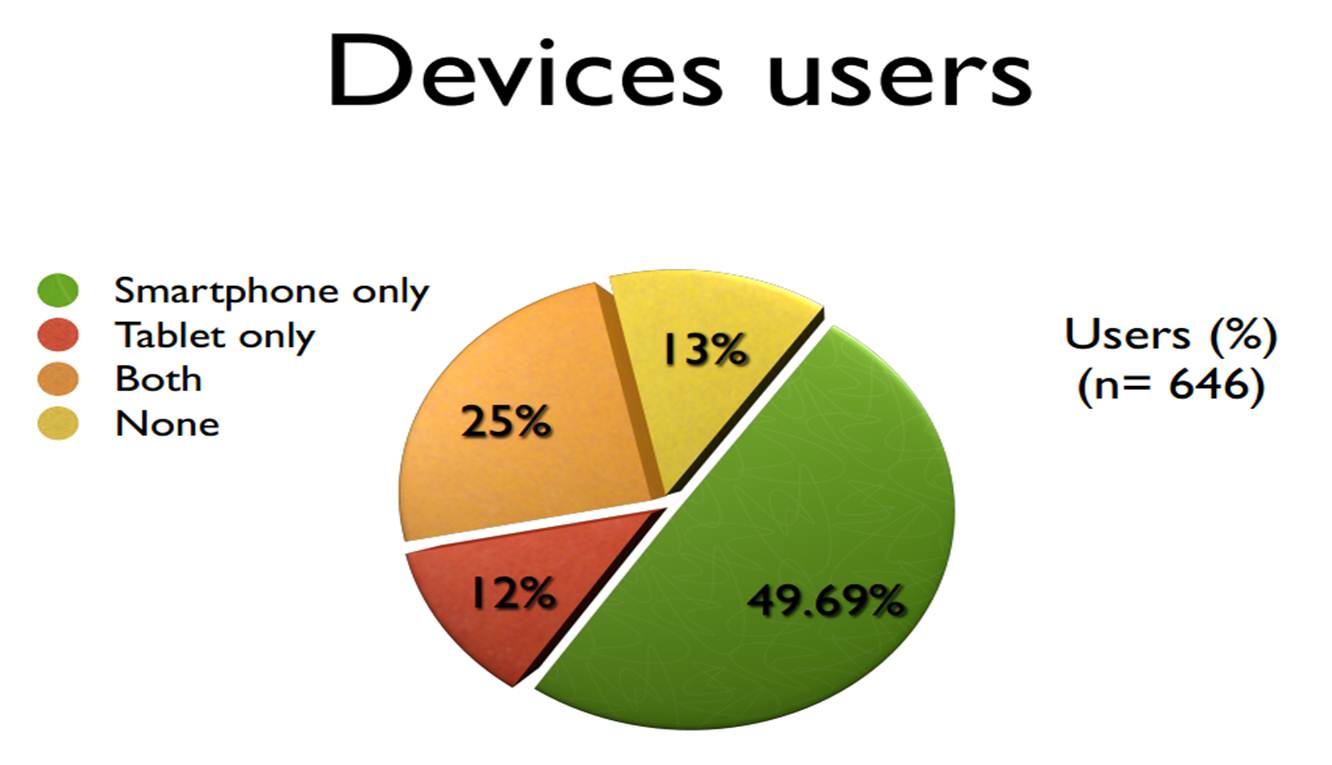
.jpg)
.jpg)
.jpg)
.jpg)
.jpg)
.jpg)
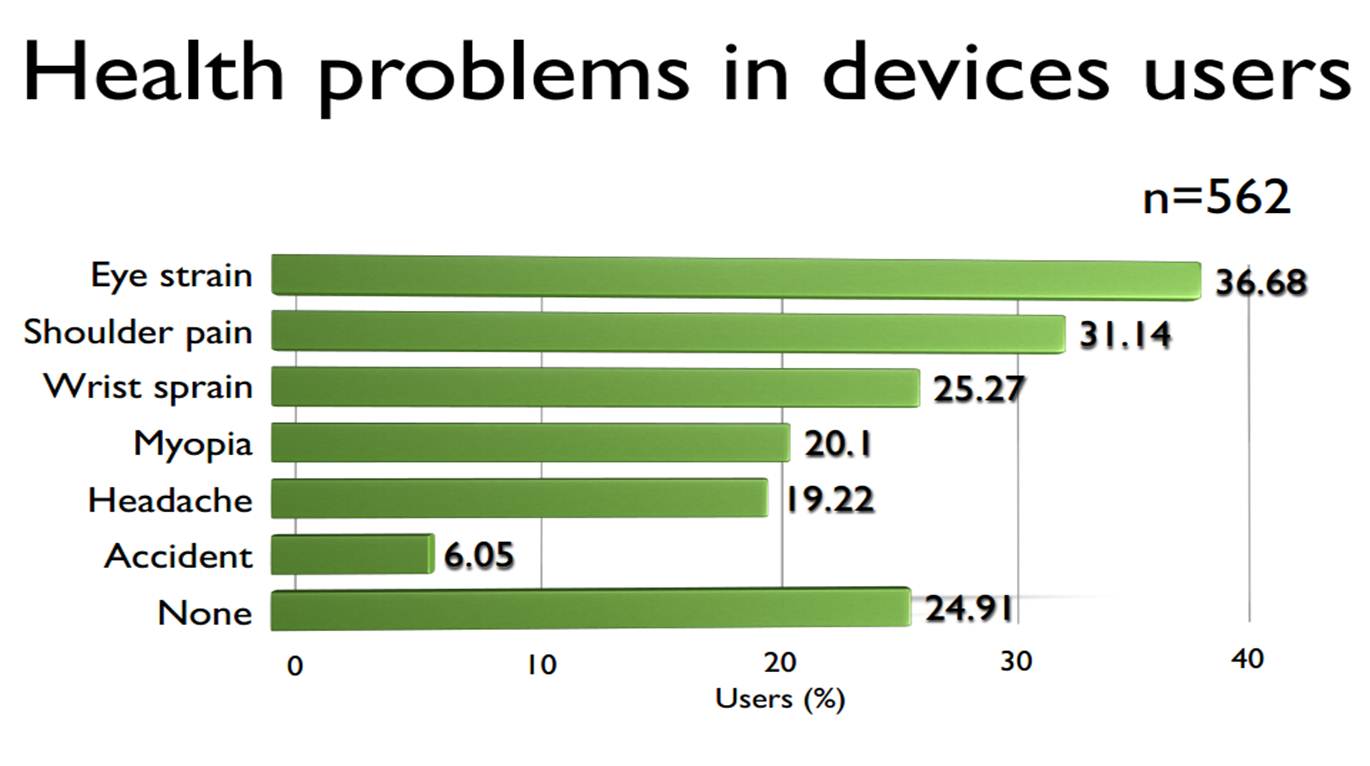
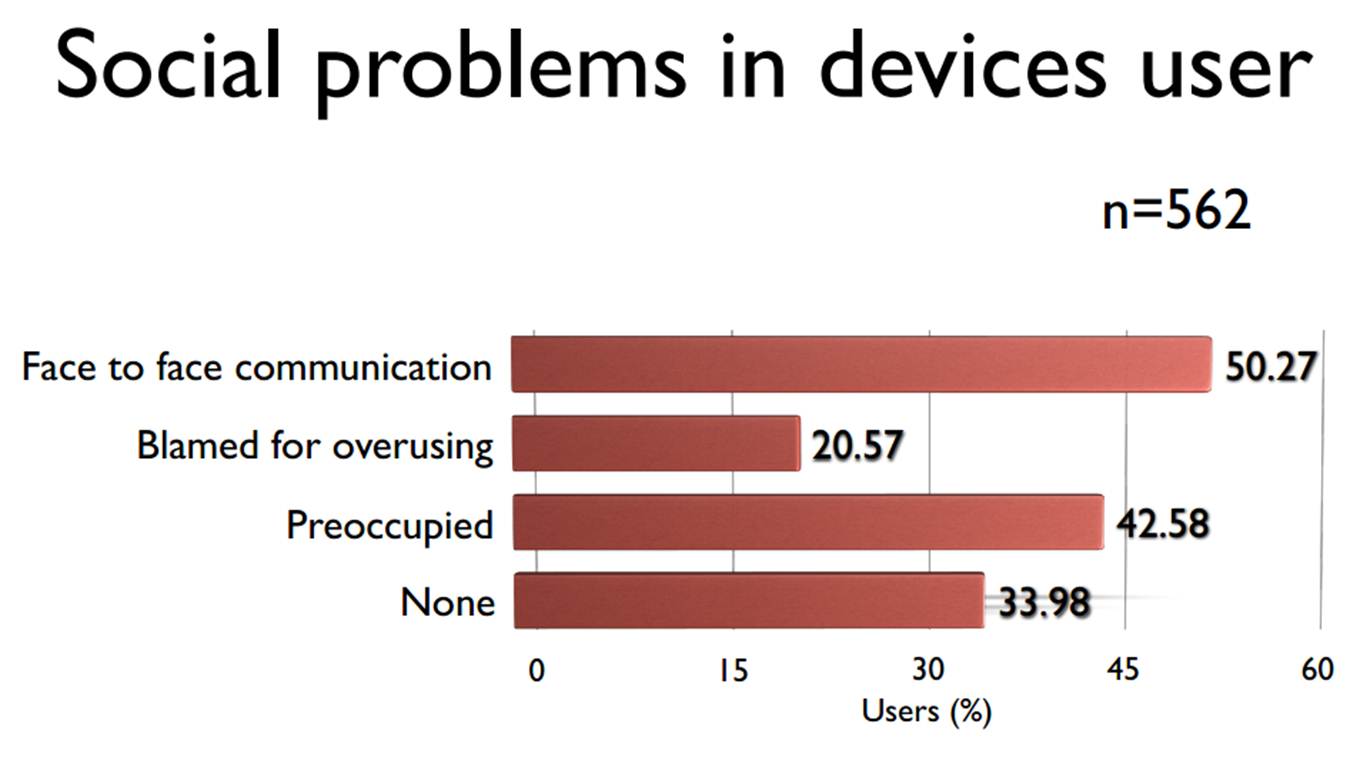
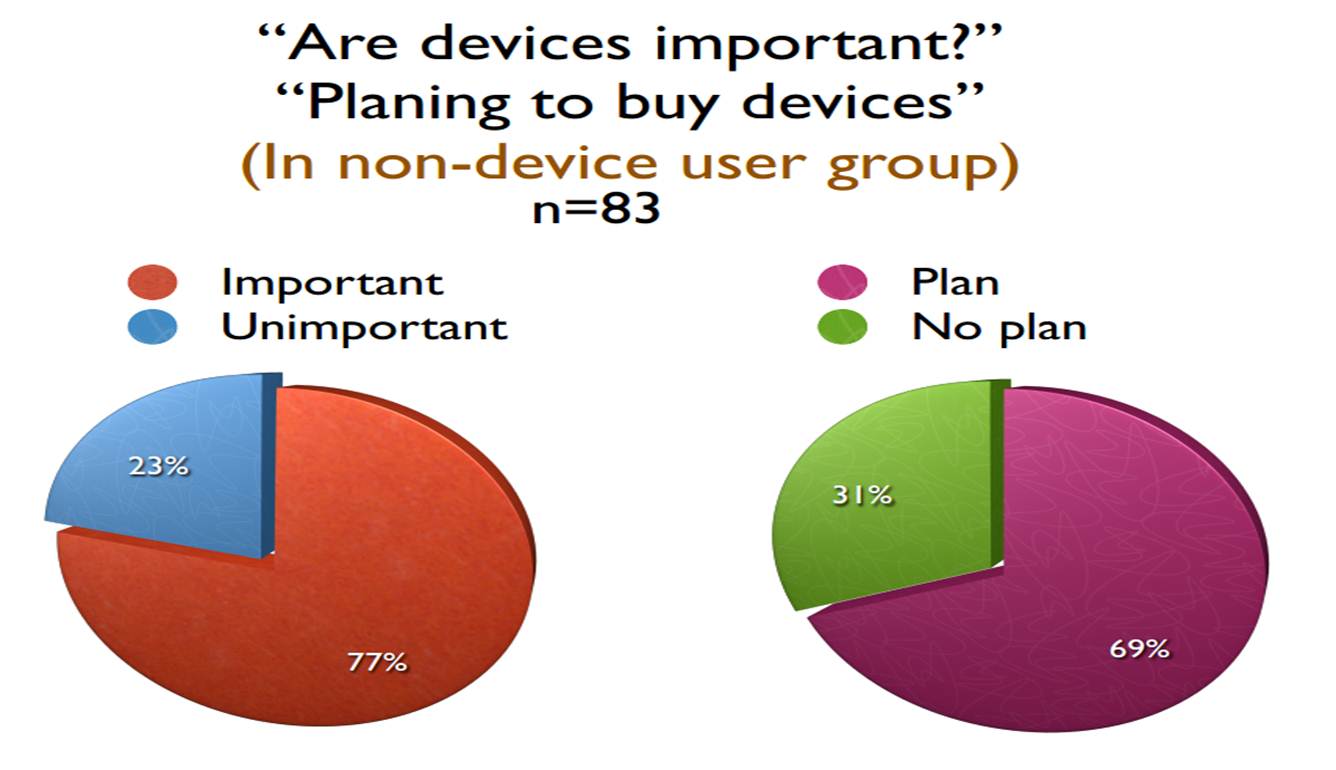
- Nearly 90% of the responders in our study owned a smartphone or tablet.
- The number one reason for owning a smartphone is calling while a tablet is for education.
- Education buying reason is associated with education usage and medical support opinion only in smartphone, not tablet.
- The devices have an effect on social lives. There is a reduction in face-to-face communication. Health problems that can occur in using these devices are computer vision syndromes such as eye strain and headache.
- Twenty-four percent had no health problems from using the devices. But we don’t know exactly what the cause might be.
The smartphone and tablet are options in medical learning.
 Send Email
Send Email